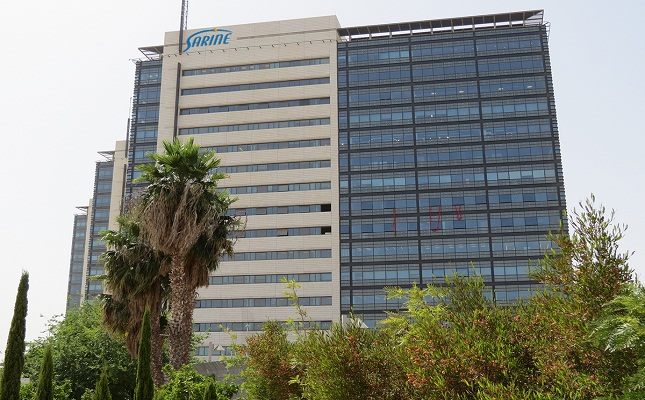Sarine Clarifies Group’s Revenues And Profitability Report For Q3
October 11, 17
(IDEX Online) – Sarine Technologies Ltd has provided further clarification to an update on the Group’s revenues and profitability for Q3 2017.
"A look back over the last decade at Sarine’s historical third quarter results shows that Group revenues are generally some 20 percent - 40 percent lower sequentially in Q3 versus Q2 (for most of last decade other than in 2011). This is due to the way retail sales take place during the calendar year with more than 50 percent of annual sales being done in the U.S. during the holiday season at the end of the year and into the beginning of the following year (Thanksgiving, Christmas, New Year and Valentine's Day). Similarly, in the Far East the main holiday season centers around the Chinese New Year and Valentine's Day, which also fall in the beginning of the year (end of January through mid-February). Add to these periods the domestic sales in India, mostly during the Diwali holiday season, usually in late October into November, and it becomes evident that a high degree of retail polished diamond sales volume takes place during a relatively short period from November to February. After which time, retailers need to restock depleted inventories.
"As a result, manufacturers generally go into high gear in Q1 and into Q2 manufacturing aggressively to replenish the stocks that the retailers need. The cycle time from buying rough diamonds to being able to offer polished diamonds is typically between 3-6 months (depending on size). There is thus a delay from the time the sales of polished diamonds from manufacturers to retailers start slowing to the time that the manufacturers actually slow their production output. Whenever the wholesale polished diamonds sales start slowing, the manufacturers will still have at least three or more months of rough diamonds that are in the process of being polished, that will eventually add to their inventory. It has become apparent that there is a consistent cycle that towards the end of Q2 or the beginning of Q3 (sometimes earlier and sometimes later), there evolves an oversupply of polished diamonds in the midstream, which creates pressure on polished diamonds' prices.
"Because there is little to no sharing of data between competing manufacturers, the buying of rough diamonds is typically based on the individual manufacturer's expectation of what actual demand for its polished diamonds will be (as well as on varying policies of the producing mining companies who offer the rough diamonds for sale). The intensity of the overstocking varies from year to year and is dependent on many factors - how robust end-consumer demand really was during the selling season in the various markets, how aggressive the producers are at offering rough diamonds, how aggressive the manufacturers are at competing for said rough, at what point do the manufacturers realize the demand for their polished output is declining, relative prices of rough and polished stones, and more.
"Based on inputs from our customers (some of whom explicitly delayed orders due to market conditions), as well as other data (e.g., De Beers sights volumes), we estimate that this year the overstocking was more than in an average year. Therefore we estimate that of the announced approximate 40 percent drop in Group revenues for Q3 2017, as compared sequentially to Q2 2017, mostly (roughly three quarters) was due to the weaker market conditions as mentioned in yesterday's report. The remaining quarter (some 10 percent of the sequential decline) was, we estimate, due to the ongoing illicit competition's activities as well as uncertainties and disinformation relating thereto. As noted in yesterday’s press release, the reduction in our revenues is primarily in the sales of capital goods and not in the recurring revenue."